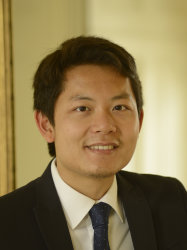BibTex format
@article{Li:2020:10.1039/C9TA13352F,
author = {Li, F and Wang, Y and Xia, K and Hoye, R and Pecunia, V},
doi = {10.1039/C9TA13352F},
journal = {Journal of Materials Chemistry A},
pages = {4396--4406},
title = {Microstructural and photoconversion efficiency enhancement of compact films of lead-free perovskite derivative Rb3Sb2I9},
url = {http://dx.doi.org/10.1039/C9TA13352F},
volume = {8},
year = {2020}
}

